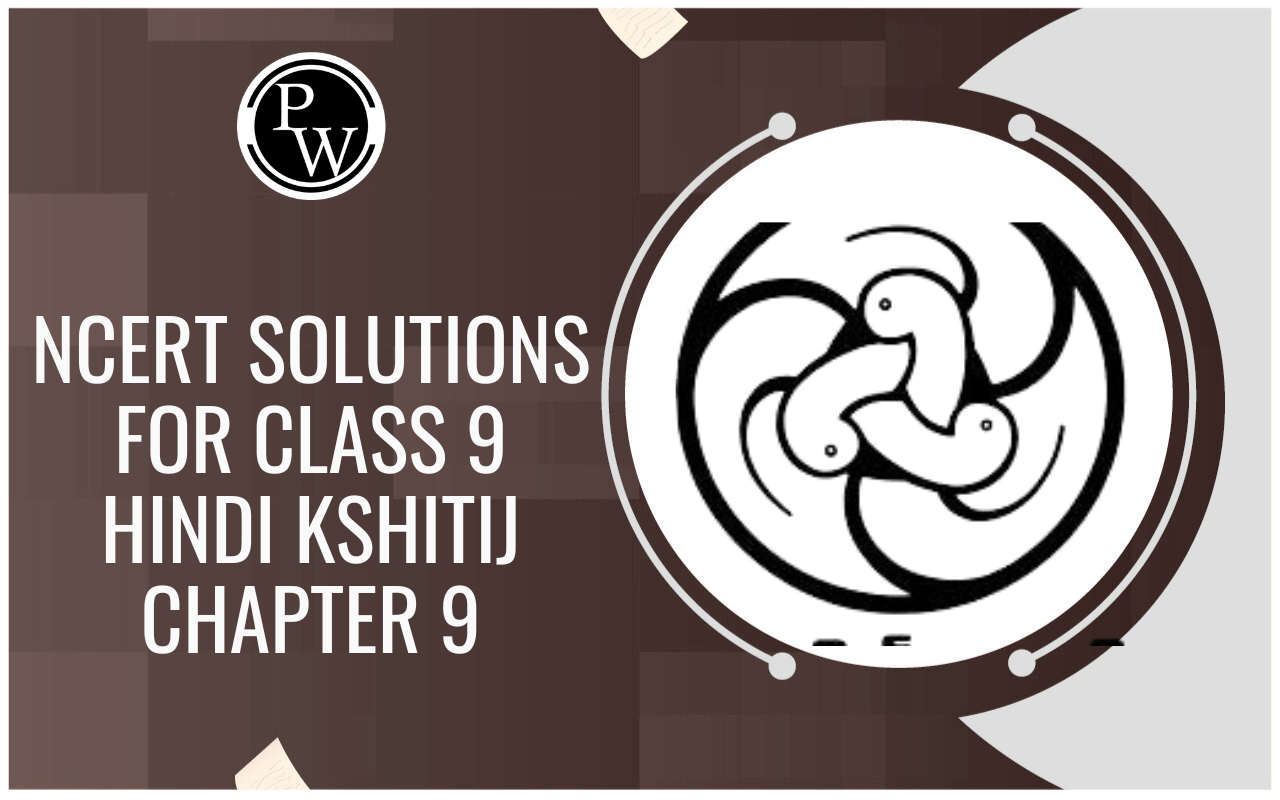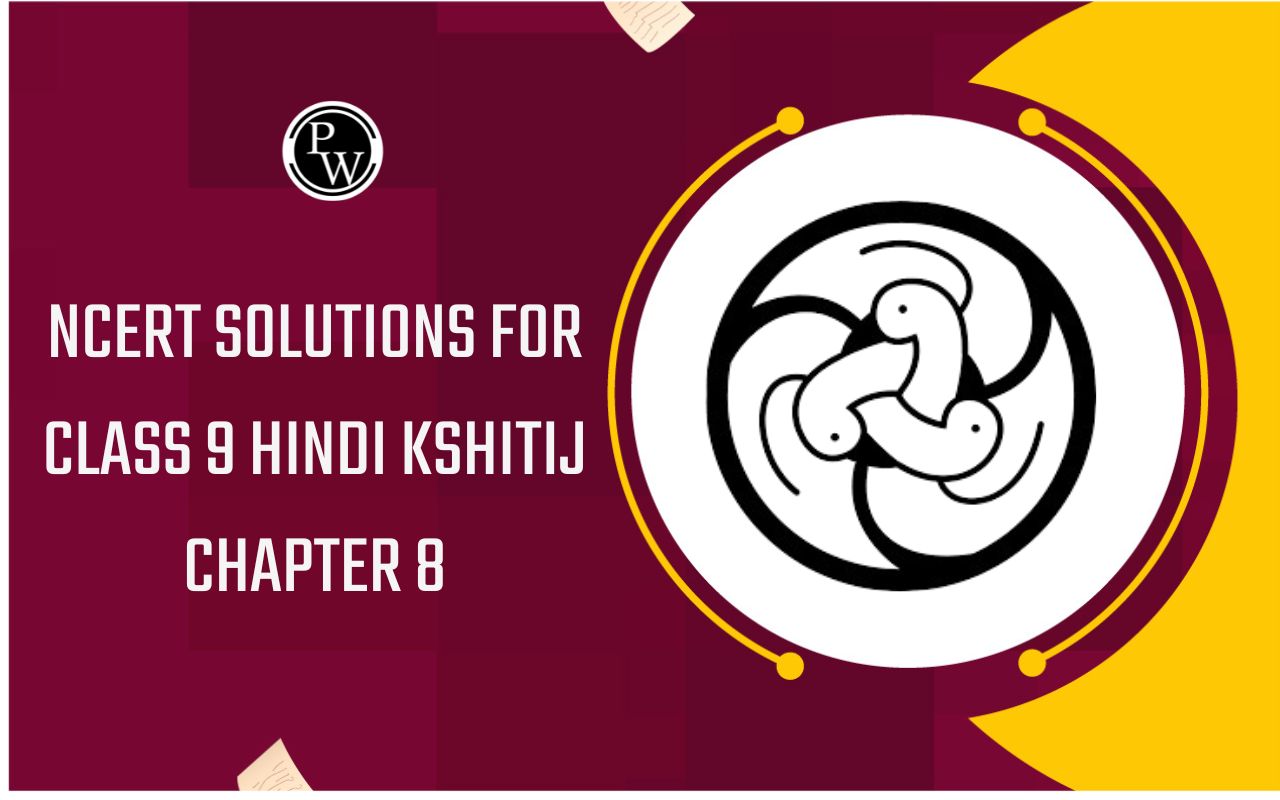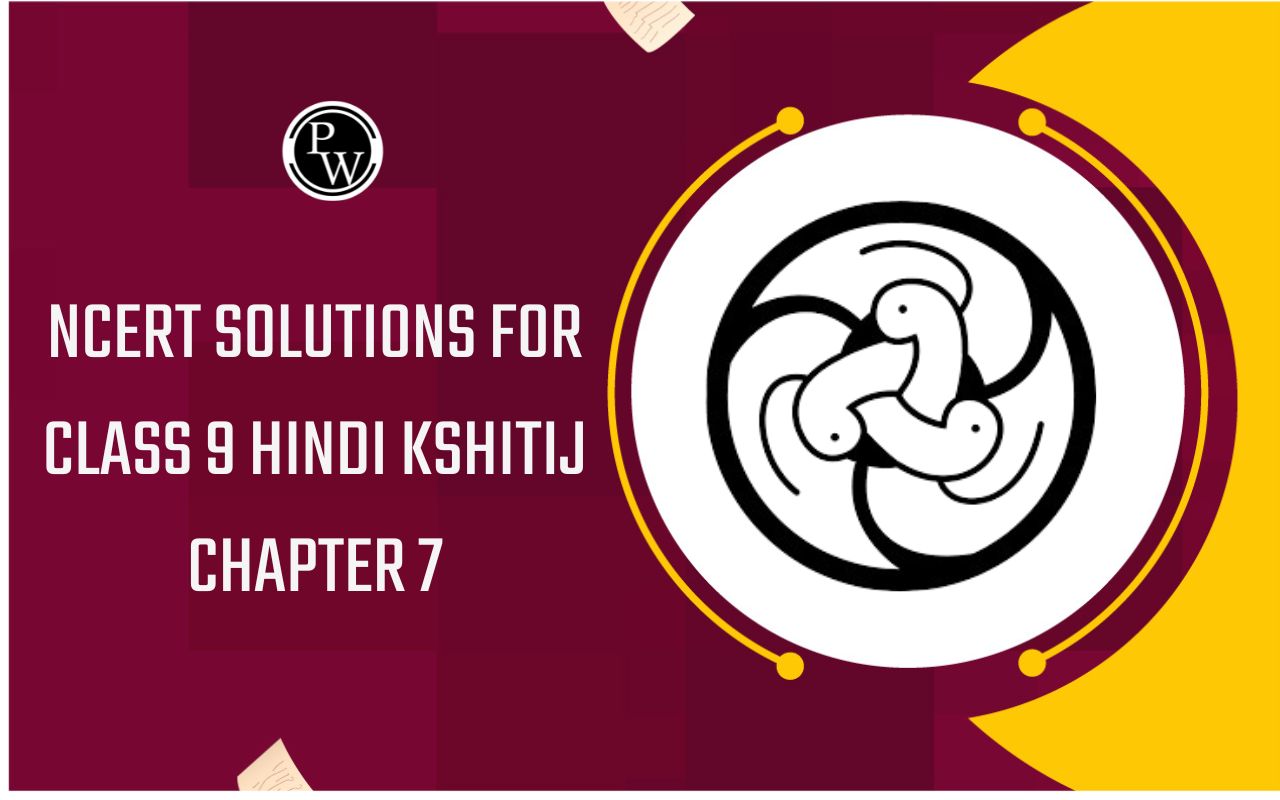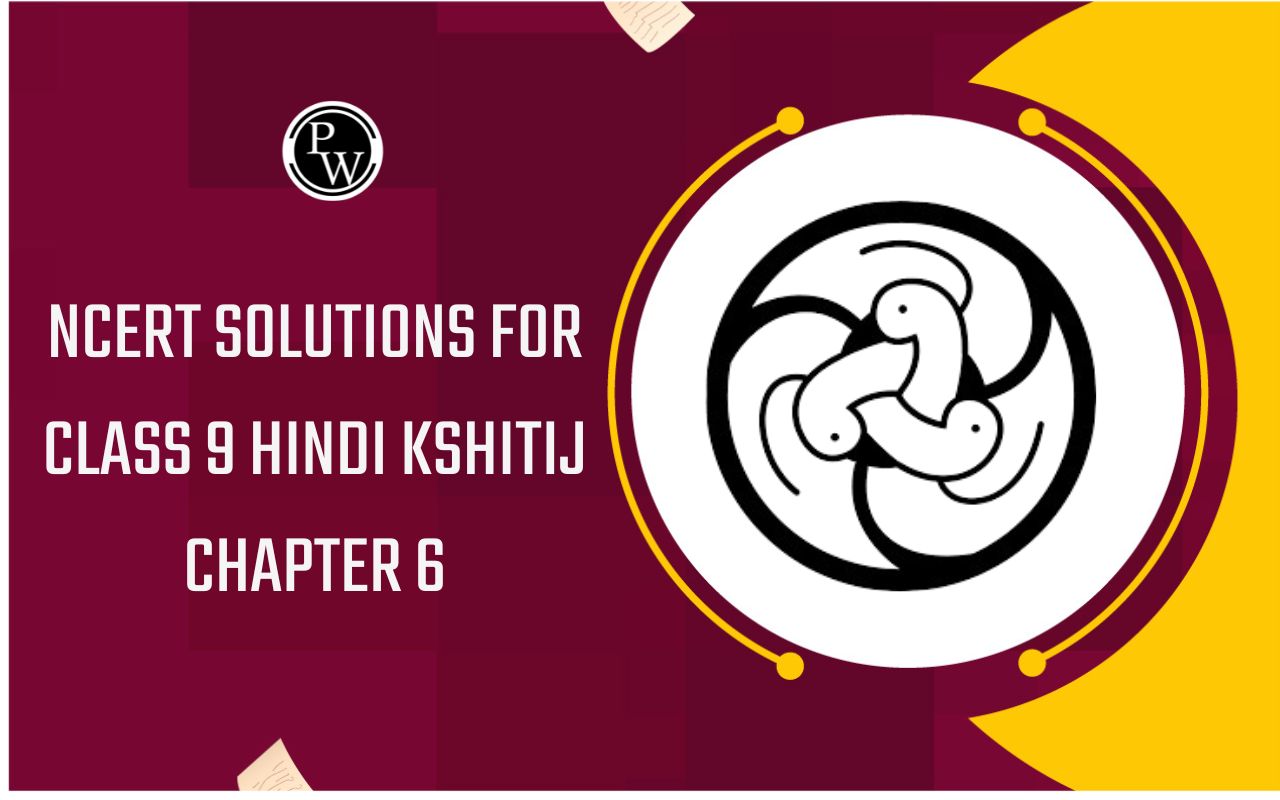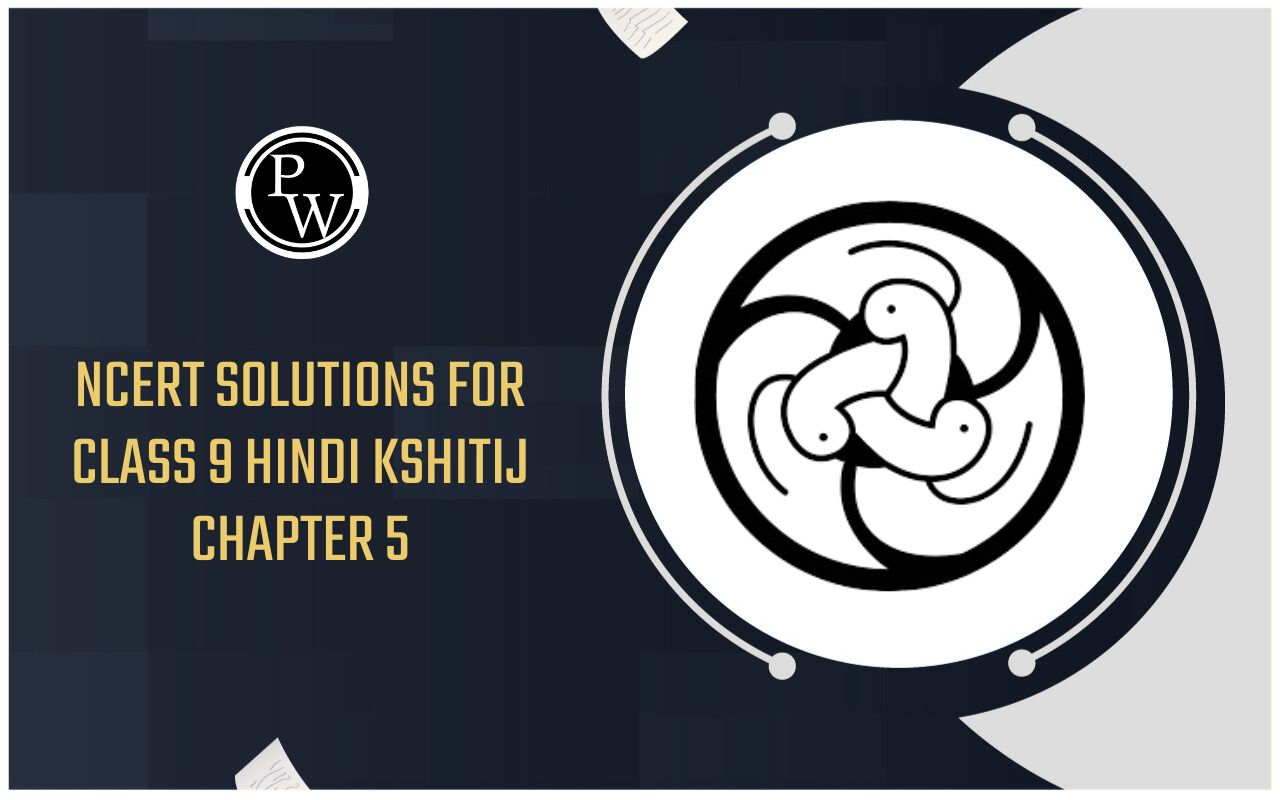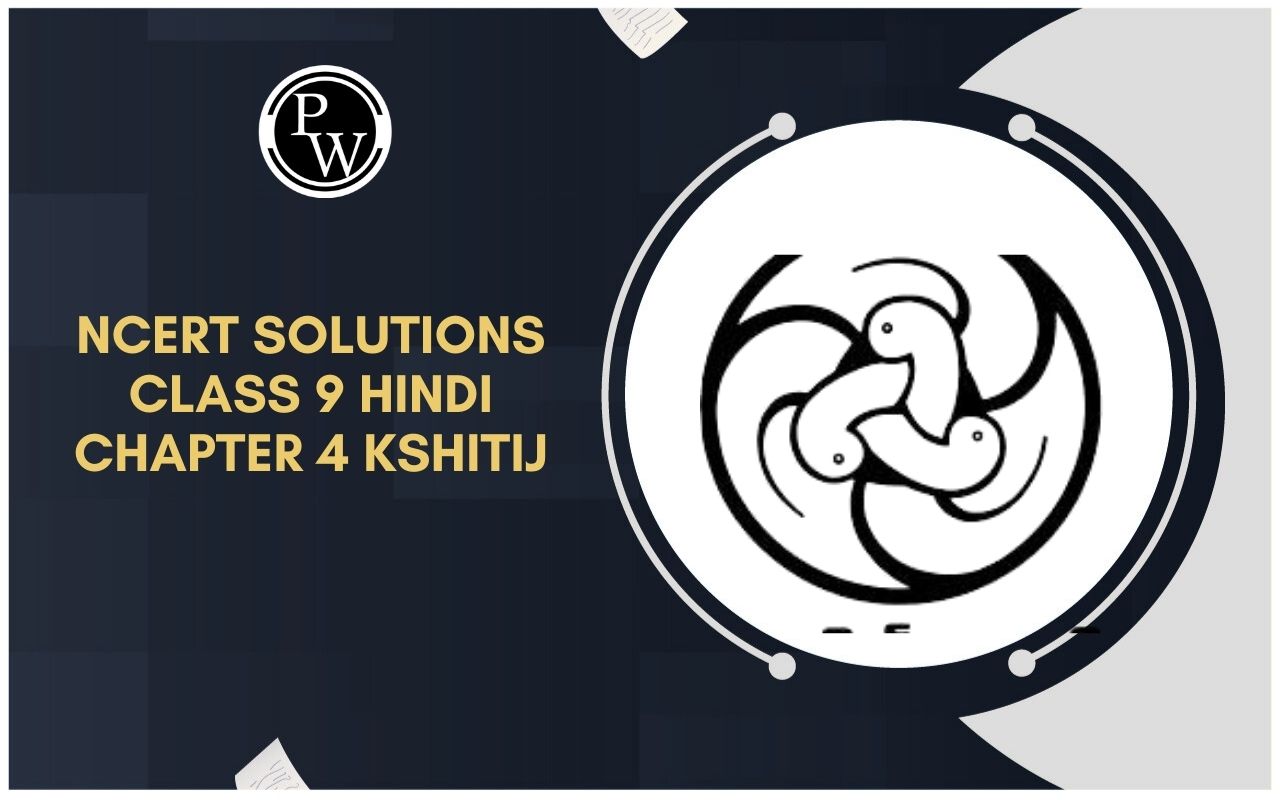
Transparent, Translucent, and Opaque Objects
Sep 23, 2022, 16:45 IST
Materials can be classified according to the amount of light they transmit. Materials that allow complete transmission of light are called transparent. Any object can be seen through transparent material. One example of a transparent material is pure glass. Opaque materials either reflect or absorb any incident light. As a result, light rays cannot pass through opaque materials. Wood, stone, etc., are opaque materials. Translucent materials allow the light to pass through them partially. Some incident light may be reflected or scattered as it passes through the material's interior. Any object seen through a translucent material appears blurred or blurred. Some examples are oiled paper, tissue, some plastics, etc.
| Table of Content |
Objects and its Properties
Different objects that we see around us exhibit some characteristics. Some objects allow light to pass through pure glass. Or some objects create an obstacle in the path of light and are not as bright a reflector of light as pure glass.
On the other hand, some objects do not even transmit light. Instead, they block the light. What are these things, and why do we study them in physics? Physics is primarily about understanding the science behind the real objects around us.
So the first object that allows 100% light transmission is transparent. The other with < 100% light transmission is a translucent object, while the one that completely blocks light is inherently opaque.
All these materials have some properties, which we will understand in detail on this page.
Comparison of Transparent, Translucent, and Opaque Objects:
- Transparent Objects
Light rays can pass through these substances. The refractive index of transparent substances is almost the same. Most of the light falling on a transparent object passes through it. Light rays follow Snell's law of refraction. When passing through a transparent object, the dispersion is very less. Therefore, a clear image can be seen on the other side of the substance. The window glasses are transparent. Transparent materials (eg, glass) are used for lenses, spherical mirrors, glasses, and many others.
- Translucent Objects
A substance is known as translucent if it allows only partial transmission. Light rays are scattered inside such objects. As a result, light rays appear in random directions. The image seems blurred or blurred if a thing is visible through the translucent material Translucency can occur due to the given properties:
Non-uniform density: If some material has a non-uniform distribution of matter, its density is usually different in different parts. Such a density distribution can result in irregular refraction and transmission. Fluctuations in density can cause centers of dispersion. At the points of fluctuation, the light rays are scattered.
Crystallographic defects: Defects (e.g., compositional variations) in the crystal structure can lead to light scattering.
Boundaries: Cell boundaries (in an organism) and Grain boundaries (in a polycrystalline structure) can act as scattering centers.
Some examples of translucent objects are butter paper, frosted glass, tissue paper, various plastics,
- Opaque Objects
It does not allow the light to pass through. Any incident light is reflected, absorbed, or scattered. Light rays can penetrate substances to a certain depth. The reasons behind the opacity are
Absorption: Light rays can be absorbed inside a medium. It significantly reduces the intensity of the incident light.
Scattering: The molecules of the medium can absorb and scatter light in random directions. Due to cumulative scattering, the energy of the wave can be completely dissipated before light emerges from the other side.
Reflection: Incident light rays can be reflected on the surface of an opaque object. Objects appear colored due to the reflection of a certain wavelength. The rest of the wavelengths are absorbed or scattered.
Examples of opaque objects are wood, stone, metals, concrete, etc.
Difference Between Transparent and Translucent Materials
Both substances transmit light through them. Transparent objects can transmit a critical part of the incoming light. Light is hardly reflected or scattered. Transparent objects appear colorless because they do not reflect light. Translucent materials allow partial penetration of light rays. These materials form hazy or blurry images of objects seen through them.
Opaque objects are free from all the effort that transparent and translucent objects expend on the light; they block all light exposed to them.
Frequently Asked Question (FAQs)
Q1. What makes objects appear opaque, transparent, and translucent?
Ans. If you see around your house, you will find items made from different materials. Items can be classified when they interact with light. Those materials that allow the light to pass through them are known as transparent. Examples of transparent items are water,glass, and air. Those materials that allow few light to pass through them are called translucent and include things like frosted glass and wax paper. If an object does not pass any light, it is opaque. Most objects are opaque and include things made of wood, stone, and metal.
Q2. Which of the three objects you have been used is transparent, translucent and opaque?
Ans. The three objects are:
- Translucent: wax paper, Frosted glass, butter paper, smoke.
- Transparent: Clean glass, water, air.
- Opaque: Stone, metal, wood.
Q3. Is paper opaque or translucent?
Ans. Objects that are transparent look clear, like eye glasses or water. Light passes through transparent objects, so you can see through them. Some objects are translucent meaning they only let some light through. For example, most paper is translucent.



